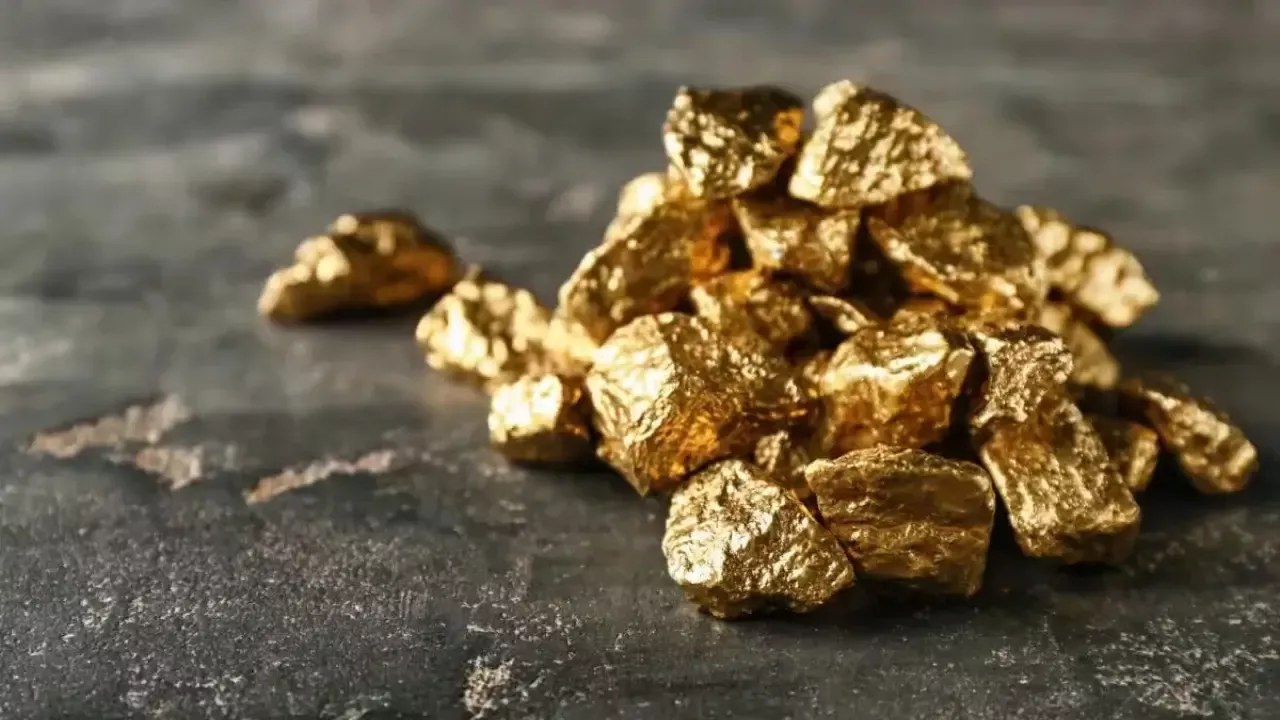
Recently conducted geological studies in Suriname, located in South America, have revealed a large and valuable gold mine. This was reported by Zamin.uz.
According to Earth.com, samples were taken from previously unexplored layers in an area called Maria Geralda. During the research, it was found that in one drilled well, rock samples measuring 22.5 meters in length contained an average of 11.88 grams of pure gold per ton of rock.
This figure is considered rare and highly valuable in the mining industry, as gold content in such layers usually ranges from 1 to 10 grams, and in most mines, it reaches only up to 2 grams. The gold veins in the Maria Geralda area are not only of high quality but also extensive and dense, making the extraction process economically efficient.
Industry experts regard this discovery as an important source that enhances Suriname's mining potential. However, specialists also emphasize that this mine may not significantly impact the overall economic indicators of the country, since Suriname's economic development mainly depends on the oil and mining sectors, which account for 60 percent of the gross domestic product and 90 percent of export revenues.
There are several challenges in the process of developing the mine. Suriname receives over 4000 millimeters of rainfall annually, which complicates excavation work in areas covered by dense tropical forests.
Additionally, environmental safety issues are of great importance and require strict control. The government is gradually strengthening regulations to protect nature and safeguard the rights of the local population.
Experts evaluate this discovery as a factor that will expand Suriname's future economic opportunities and increase environmental responsibility. Therefore, the development process of the mine is expected to be carried out based on international experience and principles of minimal environmental impact.
This will contribute to the country's sustainable development.







